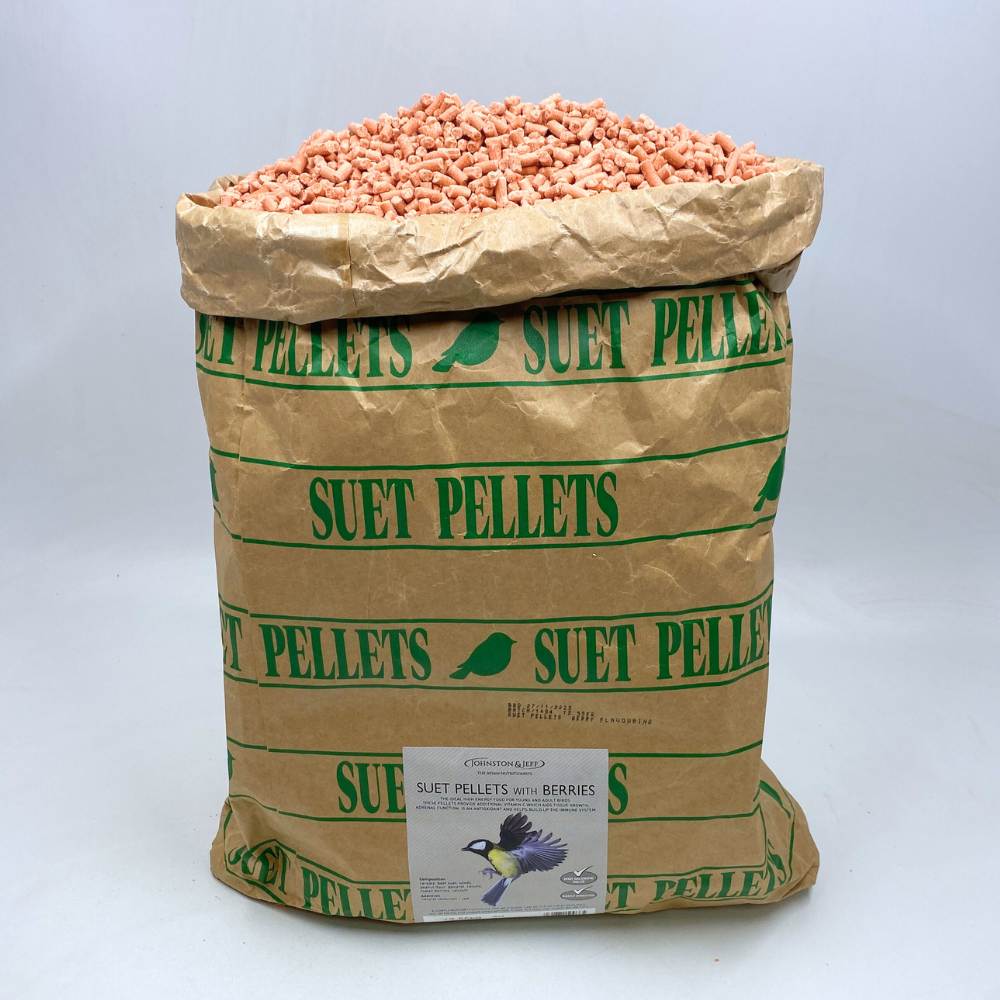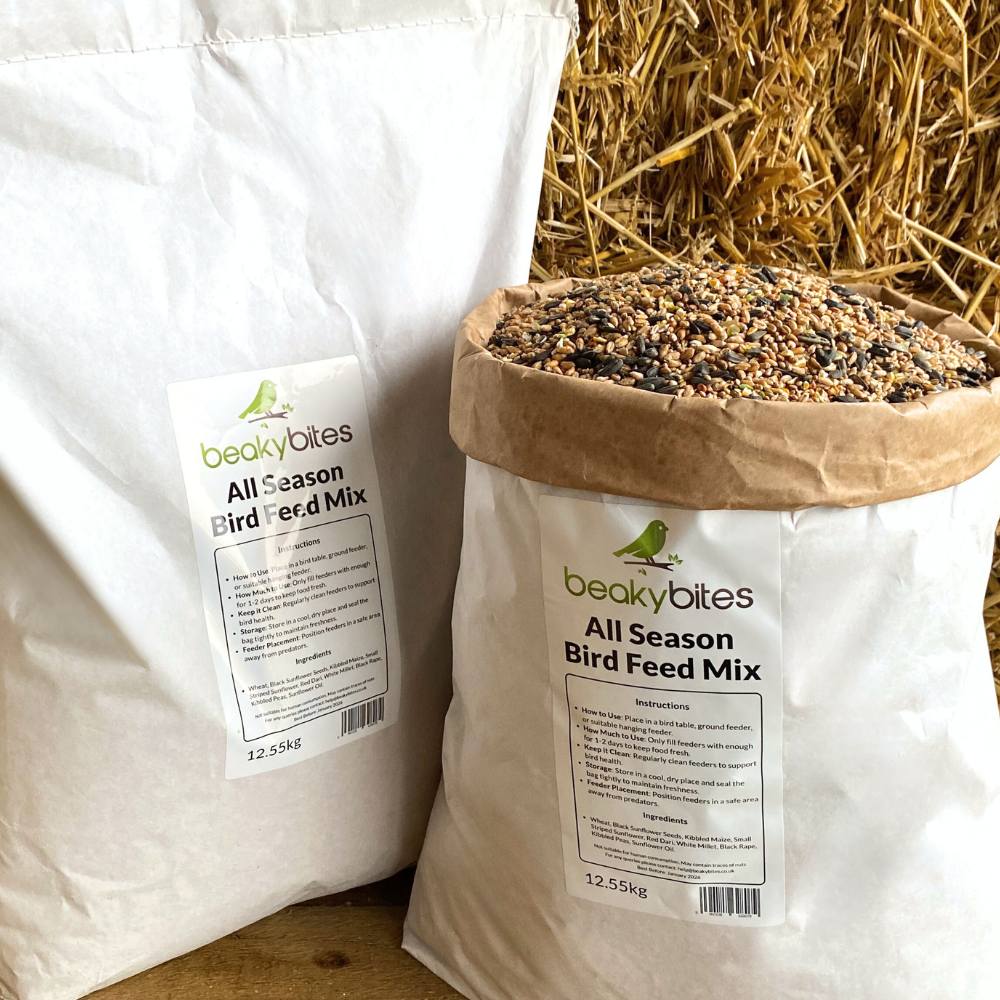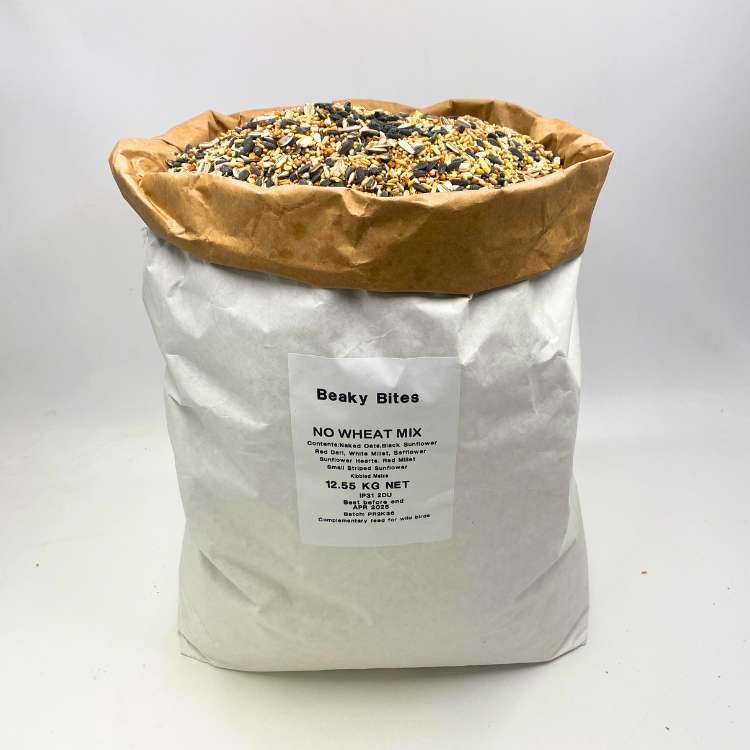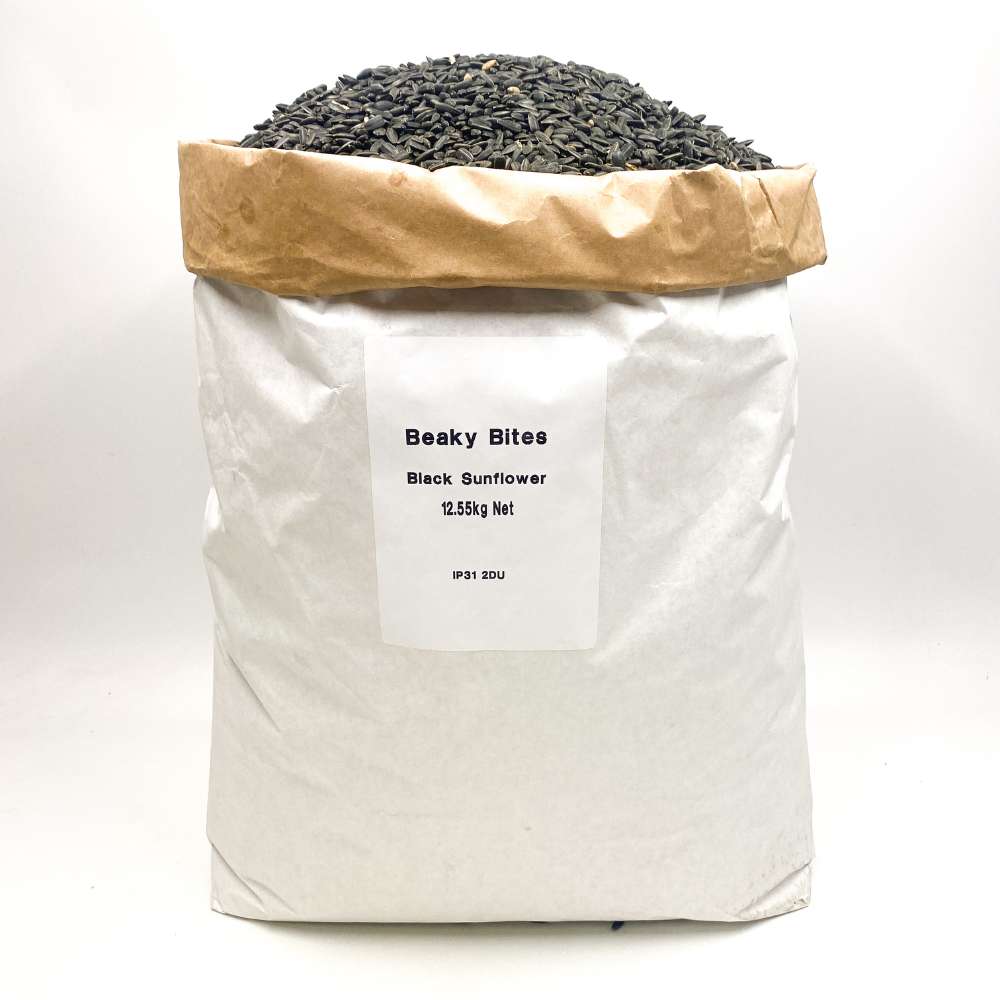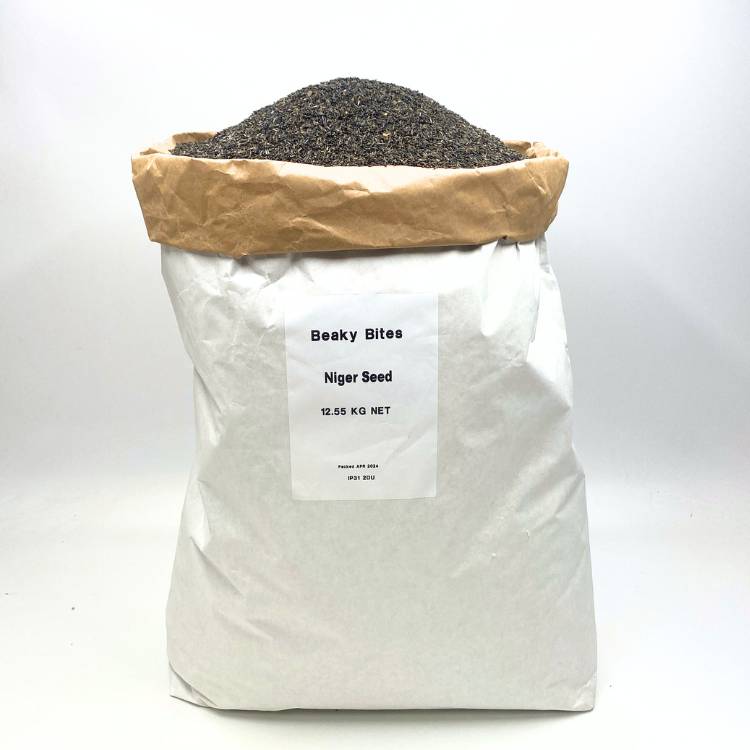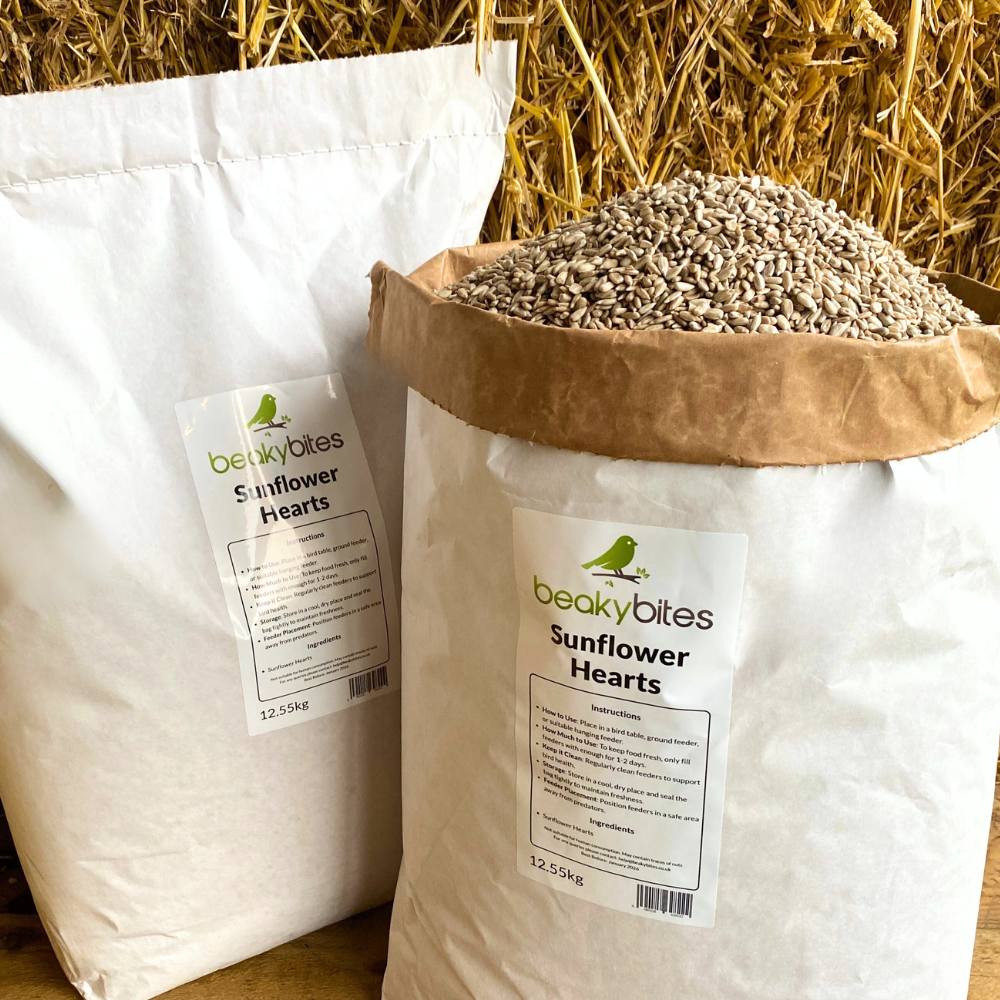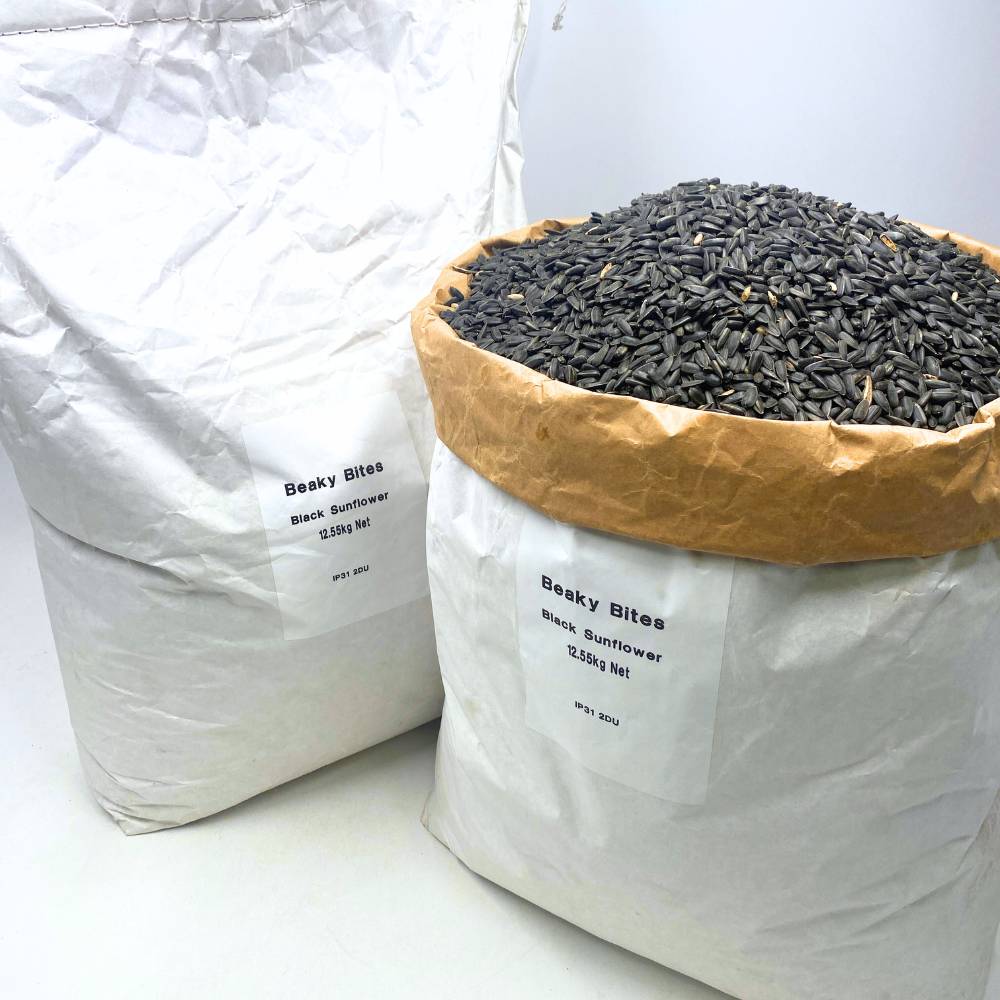Feeding Garden Birds of England in Winter: Essential Tips for Snowy Weather

Feeding Garden Birds of England in Winter: Top Tips for Snowy Weather
Why Feeding Garden Birds of England is Vital in Winter
Winter is a tough time for garden birds in England. Insects, seeds and berries are in short supply and when snow falls these essentials are impossible to get at. Birds need to eat almost constantly through the colder months to keep their energy and body heat up. Without food many struggle to survive the cold nights.
By offering supplementary food and water you can make a big difference to their survival. Not only does it help them through the toughest months but you get to enjoy them in your garden too. Watching birds thrive in your garden is incredibly rewarding especially when you know you’re helping them out.
Best Foods for Garden Birds in Winter
When choosing food for garden birds in winter focus on high calorie and easy to eat options. Peanuts are a great choice, they are full of fats and proteins. Always choose unsalted, unroasted peanuts as salt can be harmful to birds. Chop them finely or use feeders designed for peanuts to make sure they are safe for smaller birds.
Sunflower hearts are another favourite and are great because they’re already de-husked so birds don’t have to waste energy removing the husks. They’re full of nutrients and attract a variety of species including finches and tits. Fat balls and suet blocks are essential in snowy weather. Packed with calories these treats give birds the energy to keep their body warm. They can be placed in hanging feeders or on bird tables.
Offer a mix of these foods and you’ll attract a range of species and make sure your garden has something for everyone. Consistency is key; once birds know they can rely on your garden they’ll come back regularly even on the coldest of days.

How to Feed Birds Safely in Snowy Weather
Keeping feeding areas clean and tidy is crucial for the health of visiting birds. In snowy weather food can get wet and clump together making it harder for birds to eat and increasing the risk of mould and bacteria. Clean your feeders with warm soapy water regularly. Rinse them thoroughly and let them dry completely before refilling to prevent the spread of diseases like avian flu.
Also remove any uneaten or spoiled food from your feeders. This is especially important after rain or snow which can turn food into a soggy mess. By keeping your feeding station clean you’ll create a safe and reliable place for birds to visit in winter.
Best Bird Feeders and Tables
Hanging feeders are great for snowy weather as they keep food off the ground and away from damp conditions. Blue tits and great tits love these feeders and they’re perfect for sunflower hearts or peanuts. Place them in a sheltered spot, under a tree or near a hedge to reduce wind and snow.
Bird tables are another option. You can offer a variety of food including suet blocks or fat balls. To keep food dry consider adding a small roof or canopy to your table. This simple addition can make a big difference in preventing snow and rain from spoiling the food.
For ground feeding birds like blackbirds and thrushes clear a patch of snow free ground. A patio or a sheltered corner of the garden is perfect. Scatter food in this area and check regularly to make sure it’s still accessible and safe from predators or contamination.
Free Delivery Deals
How to Provide Fresh Water for Birds in Snow
Water is just as important as food for garden birds especially when it’s cold. Freezing conditions turn natural water sources to ice and birds have nowhere to drink or bathe. Providing fresh water daily can be a lifeline during these times.
To keep water available empty frozen bird baths or water dishes safely and refill with tepid water. Don’t use boiling water as it can damage the container or create an unsafe environment for birds. Place the water in a shallow dish in a sheltered spot to slow down the freezing process. Check regularly throughout the day to make sure birds always have access to this vital resource.
Create a Bird Friendly Garden in Winter
Getting your garden winter ready doesn’t just help birds now it sets the scene for supporting wildlife all year round. Start by planting native shrubs and trees that provide berries, seeds and shelter. Holly, hawthorn and rowan are great choices they provide food and a place to roost.
Adding nest boxes is another way to make your garden bird friendly. In winter they can be used as shelters to protect birds from wind and freezing temperatures. In spring they’ll be nesting sites to encourage birds to stay in your garden all year round. Planning ahead means your garden will be a haven for birds whatever the season.

Birds You’ll See in Your Winter Garden in England
Winter gardens in England are home to some of the country’s favourite birds. Robins are a common sight with their bright red breasts adding a festive touch to the frosty landscape. These bold and curious birds often hang around humans so are one of the easiest to spot.
Blue tits with their bright yellow and blue feathers are another regular visitor. They’re highly acrobatic and love to flit between feeders. Blackbirds with their shiny black feathers and bright orange beaks are ground foraging. Watching these birds can be so relaxing and educational you can learn more about their behaviour and characteristics.
Fat Balls and Suet Cakes in Winter Feeding
Fat balls and suet cakes are winter essentials for birds. These high energy foods are full of fats and nutrients to help birds keep warm in freezing weather. They’re especially useful in snowy conditions when natural fat sources like insects are scarce. Easy to put in hanging feeders or on tables fat balls attract a wide range of birds from small tits to large starlings. They’re a must have for any winter feeding station.
Long Term Benefits of Feeding Garden Birds in Winter
Feeding garden birds in winter doesn’t just help them survive it can benefit the local ecosystem. Many bird species in the UK are in decline due to habitat loss and climate change. By providing food and shelter you’re supporting their survival and helping to maintain biodiversity. For example house sparrows and starlings have seen big population drops so your efforts are even more important.
Winter feeding also brings a bonus: bird watching. Take a few minutes to sit and watch the activity around your feeders and it can be so calming and educational. You might even spot new species visiting your garden and deepen your connection with nature.

Conclusion
Helping garden birds through winter especially in snowy weather is a simple but effective way to support wildlife. By providing the right food, clean water and a welcoming space you’re helping the birds and the wider ecosystem. And the birds in your garden will bring warmth and life to even the coldest of days. So grab your feeders, clear the snow and enjoy the benefits of giving back to nature.
Frequently Asked Questions
What are the best foods to feed garden birds in winter?
- Answer: High-energy foods like sunflower hearts, peanuts, fat balls, and suet blocks are ideal for winter feeding.
How do I stop bird food from freezing or getting wet in snowy weather?
- Answer: Use covered feeders, place them in sheltered spots, and check regularly to remove clumps or frozen food.
Why is water so important for birds during the winter?
- Answer: Birds need fresh water for drinking and bathing, especially when natural sources freeze over.
Should I feed birds all year round, or only in winter?
- Answer: Feeding birds year-round is beneficial, but winter feeding is particularly crucial for their survival.
Are fat balls and suet cakes better than seeds for winter feeding?
- Answer: Fat balls and suet cakes provide higher energy levels, making them better for birds in cold weather.


